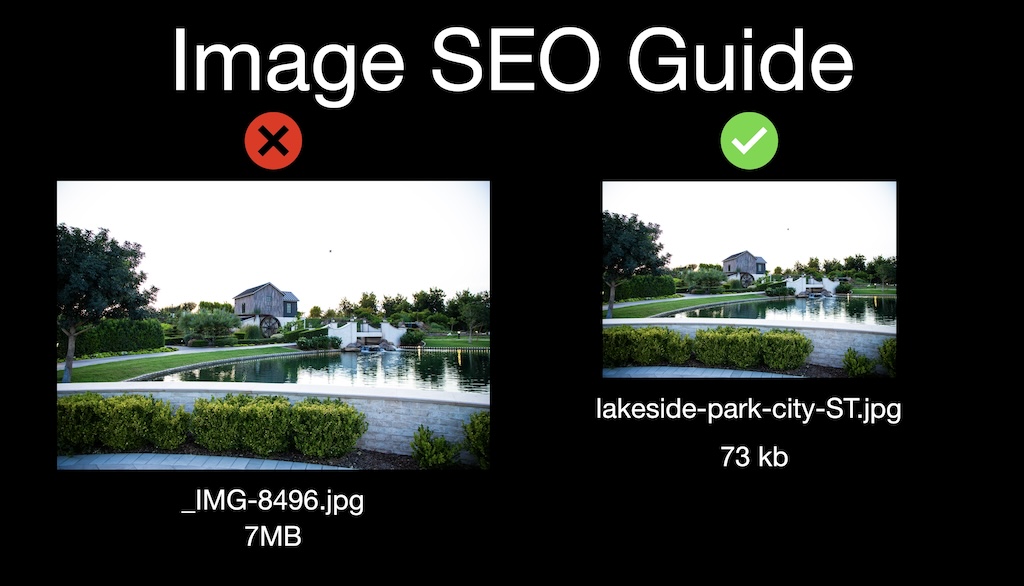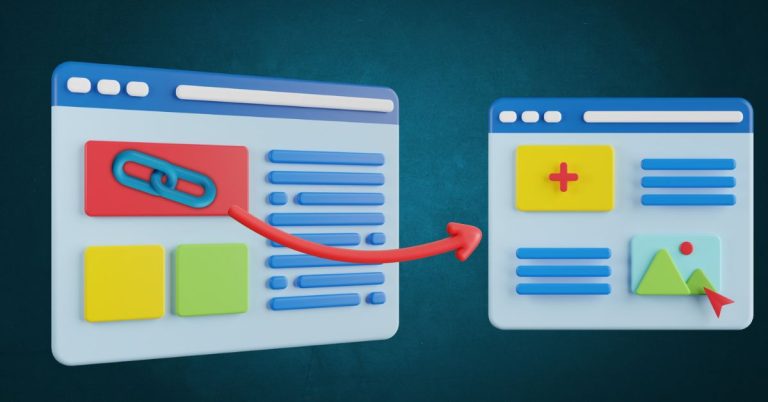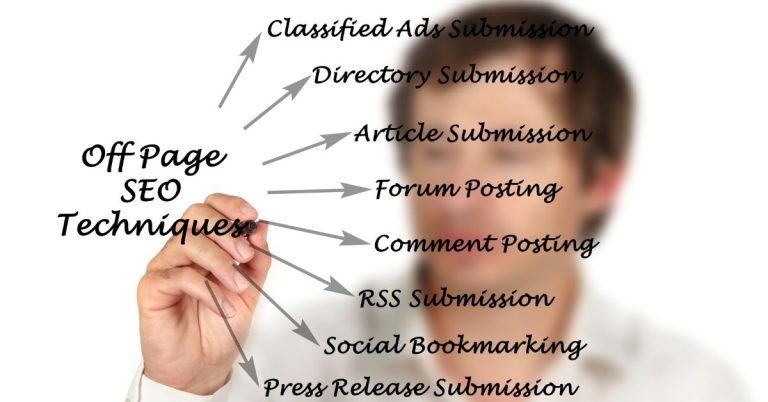Have you ever asked yourself: “Why isn’t my website showing up on Google, even though it looks great?”
The answer often comes down to On-Page SEO.
On-Page SEO is the foundation of your online visibility. It’s what tells Google exactly what your website is about — and why it should show your page instead of your competitors’.
In this guide, we’ll break down what On-Page SEO is, why it matters, the most important factors to focus on, and how you can apply them to get better rankings, more traffic, and more customers.
What Is On-Page SEO?
On-Page SEO refers to the practice of optimizing the content, structure, and HTML elements of a web page so it can rank higher on search engines like Google.
Think of it like preparing your store before customers walk in:
- Your content is the products.
- Your headings and layout are the shelves.
- Your URLs and meta tags are the signboards that guide customers.
When everything is in place, search engines (and users) understand your site better.
On-Page SEO vs Off-Page SEO:
- On-Page SEO = everything you control on your website (content, structure, keywords).
- Off-Page SEO = actions outside your site (backlinks, mentions, PR).
Both matter — but On-Page SEO is always the first step.
Why On-Page SEO Matters
Here’s why you can’t ignore On-Page SEO:
- 📈 Better visibility: Google needs to understand your page before it ranks it.
- 🎯 More qualified traffic: You’ll attract people actively searching for what you offer.
- 🤝 Builds credibility: Pages that load fast, are well-structured, and easy to read keep users’ trust.
- 💰 Long-term results: Unlike ads that stop when you stop paying, On-Page SEO keeps working for you 24/7.
Key On-Page SEO Factors to Focus On
Here are the most important elements you should optimize:
1. Title Tags
The clickable headline in Google search results.
- Keep it under 60 characters.
- Include your target keyword.
- Make it compelling (not just “Home”).
Example: Instead of “About Us”, write “About Creative Site | Digital Marketing Agency Malaysia”.
2. Meta Descriptions
The short text under your title in Google.
- 150–160 characters.
- Use keywords + call-to-action.
- Write it for humans, not just robots.

3. Headings (H1, H2, H3)
Headings break content into digestible sections.
- Only 1 H1 (your main topic).
- Use H2s for subtopics, H3s for details.
- Naturally include keywords.

4. Content Quality
Content is still king — but context is queen.
- Write unique, useful, and detailed content.
- Answer questions your audience is searching for.
- Mix in images, videos, infographics.
5. Keyword Placement
- Put your main keyword in the first 100 words.
- Sprinkle related keywords naturally.
- Avoid stuffing — Google is smarter than that.
6. Internal Linking
Guide visitors (and Google) to other relevant pages.
- Example: link your blog post about On-Page SEO to your SEO Services page.
- This builds authority and keeps visitors engaged.
7. URL Structure
Clean, short, and keyword-based.
8. Image Optimization
- Compress images for fast loading.
- Use descriptive file names (e.g., on-page-seo.png).
- Add alt text for accessibility and SEO.

9. Mobile-Friendly Design
More than 60% of searches come from mobile.
Your site must look and work great on all devices.
10. Page Speed
Slow websites = high bounce rates.
Use tools like Google PageSpeed Insights or GTmetrix to test and improve speed.
On-Page SEO Best Practices (2025 Edition)
- Always write for humans first, then optimize for Google.
- Use tools like Google Search Console, Ubersuggest (recommended by me!), or SEMrush (Quite expensive BUT very WORTH IT!).
- Focus on search intent — why someone is Googling.
- Update old content regularly.
- Use structured data (schema) if relevant.
Common On-Page SEO Mistakes to Avoid
❌ Keyword stuffing
❌ Duplicate content
❌ Ignoring mobile optimization
❌ Slow loading speed
❌ No internal linking
How On-Page SEO Works With Other Strategies
On-Page SEO is the foundation. But to win the long game, you need to combine it with:
- Technical SEO (site speed, sitemaps, crawlability).
- Off-Page SEO (backlinks, PR, social signals).
- Content Marketing (blogs, guides, videos).
Together, they create a complete SEO strategy.
Check it out with Google how to get your website on Google Search
Conclusion
On-Page SEO may sound technical, but it’s really about one thing: making your website clear, useful, and easy to understand — for both users and Google.
By optimizing your titles, content, structure, and speed, you give your business the best chance to rank higher, attract the right visitors, and turn clicks into customers.
Not sure where to start with On-Page SEO? Let us do the heavy lifting.
At Creative Site, we help businesses in Malaysia rank higher and get more leads with proven SEO strategies.




